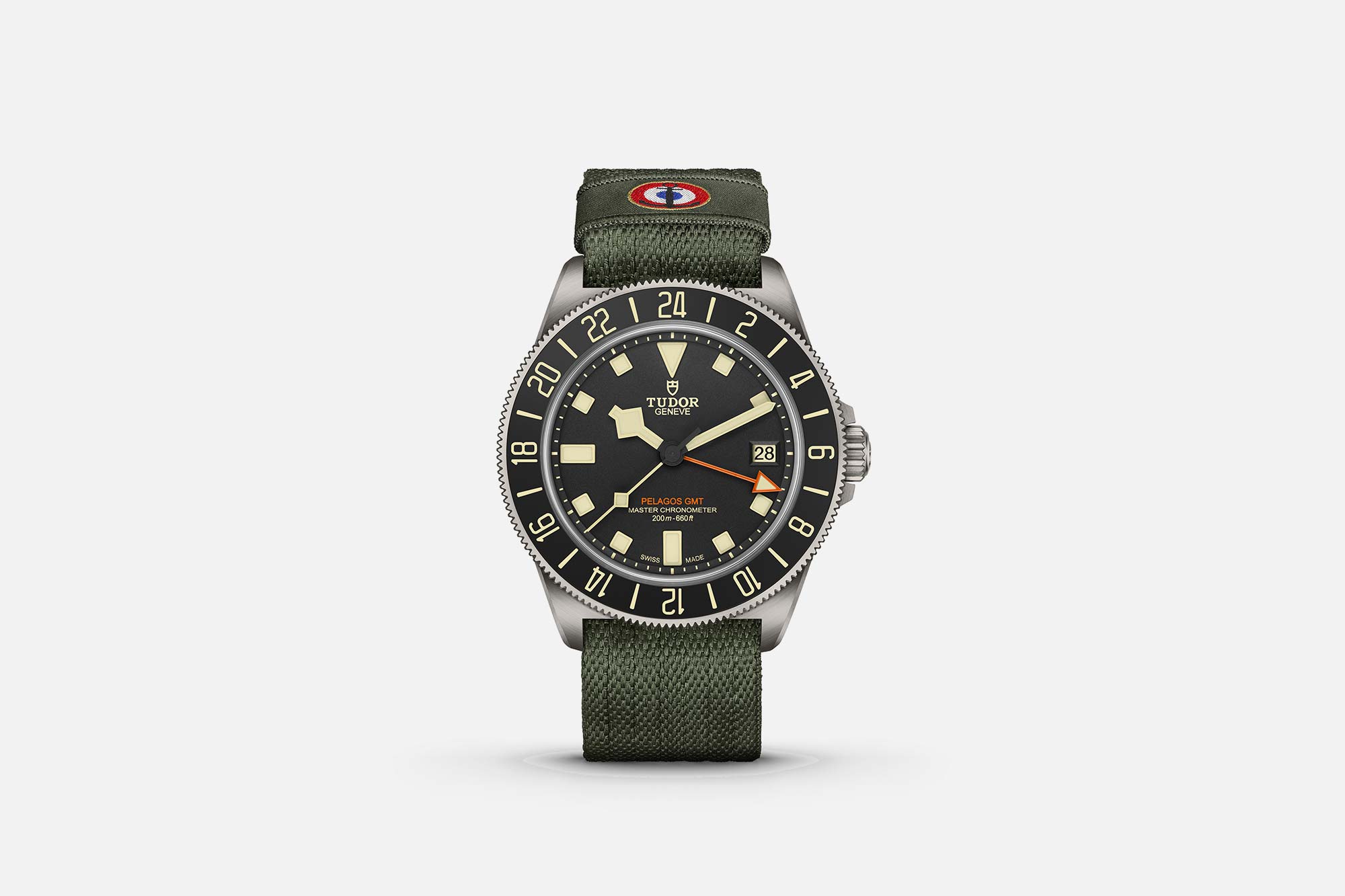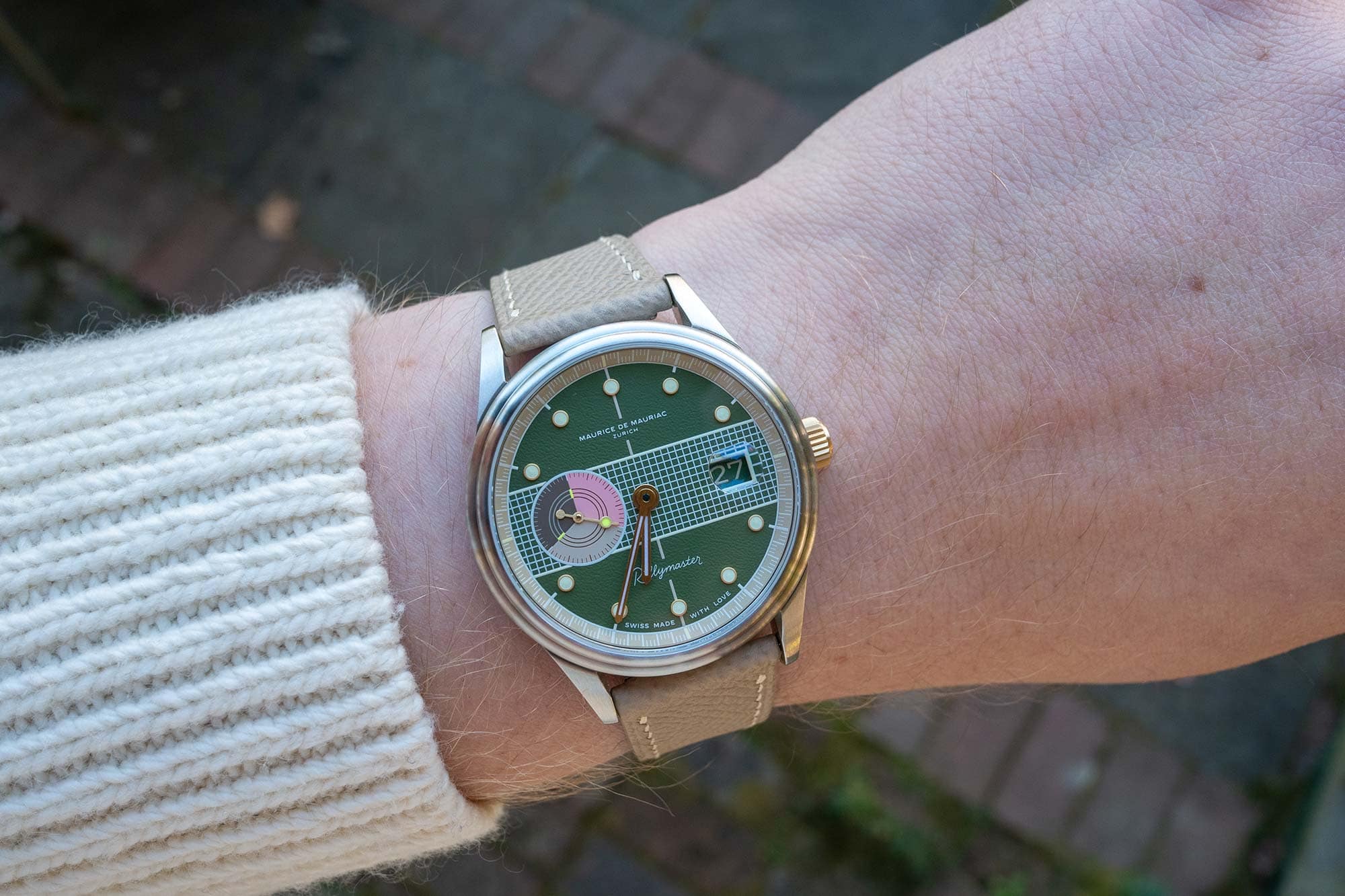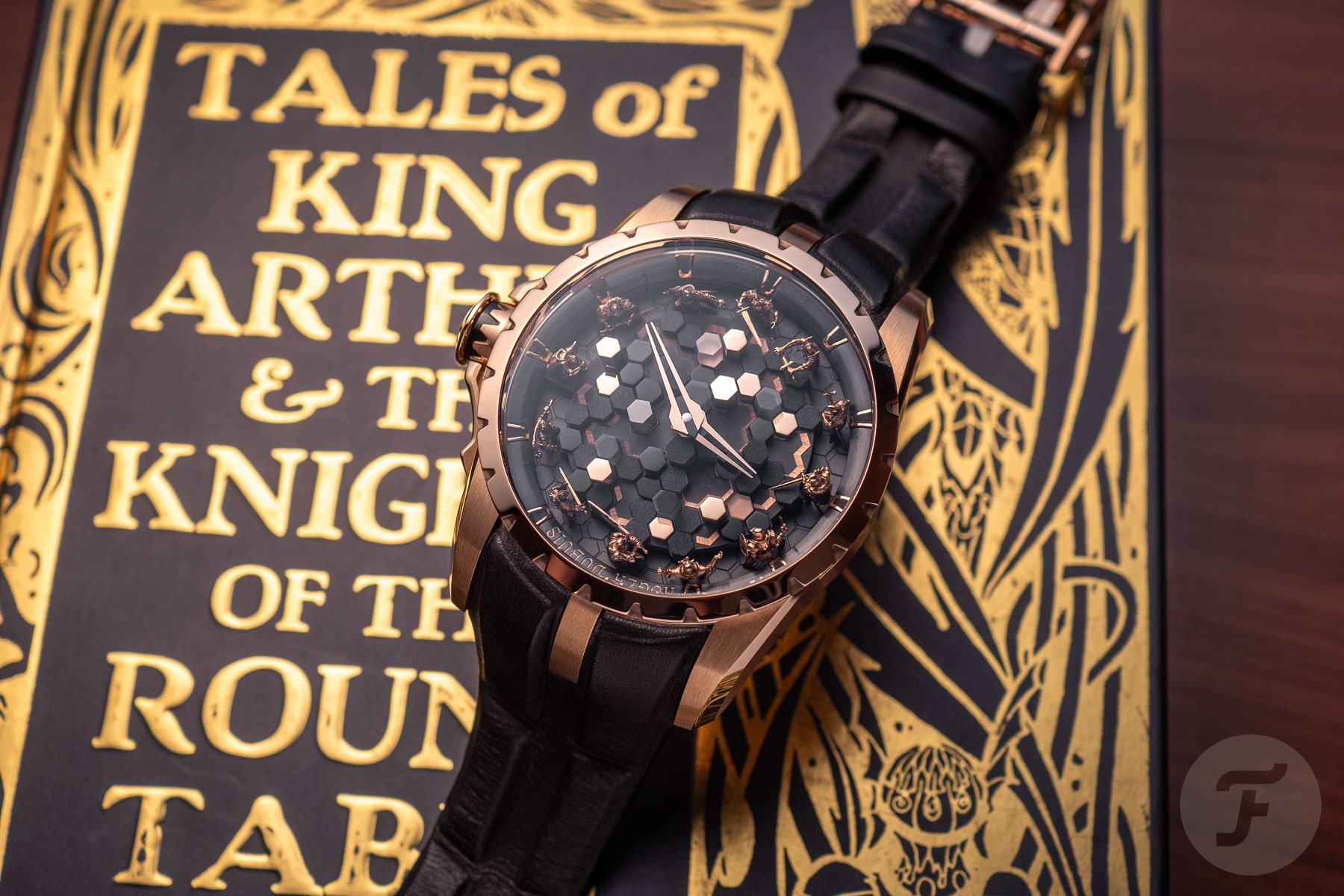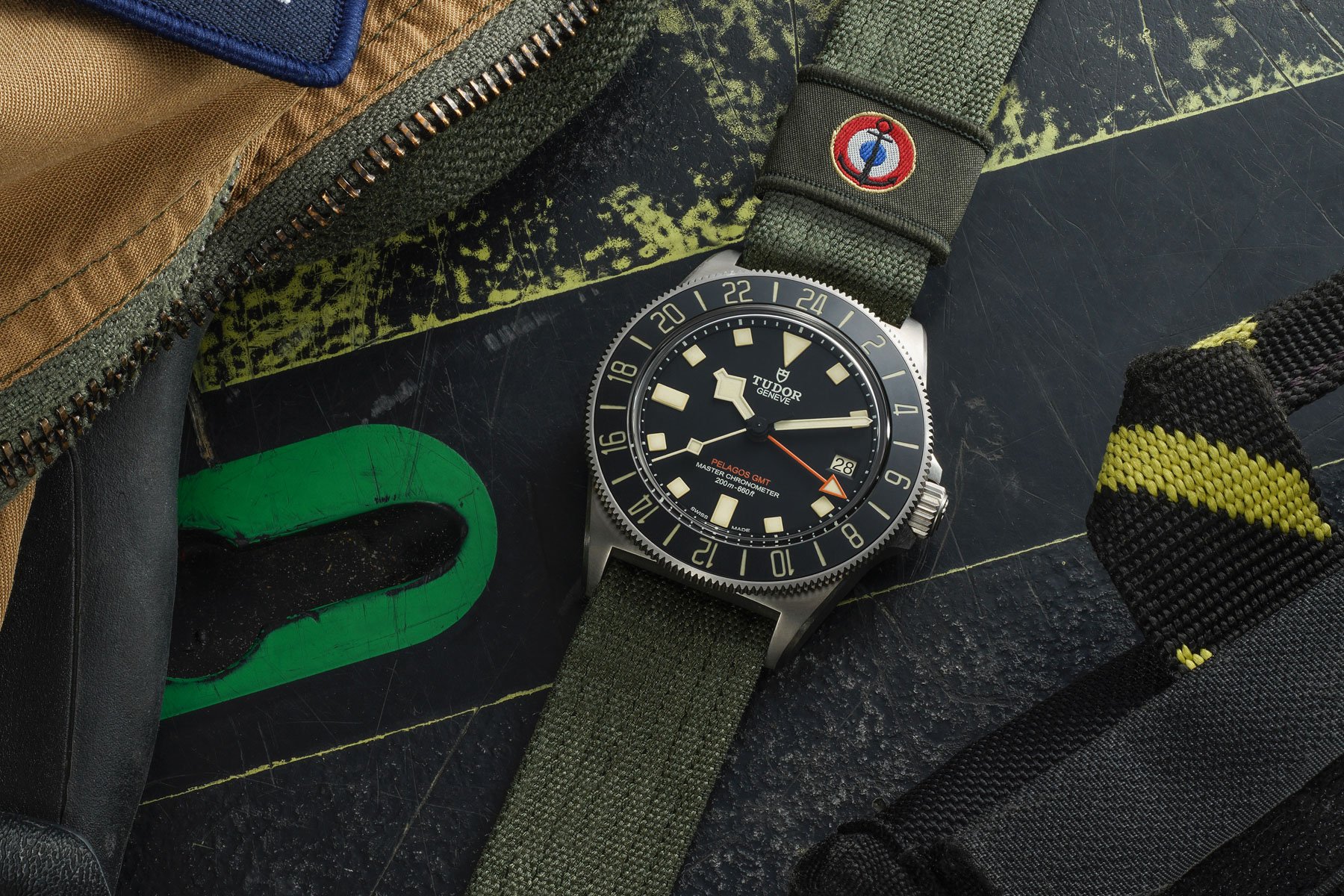7 Important TAG Heuer Chronographs, From 1887 to 2016

Few watch brands are better known for chronographs than TAG Heuer. The first ones appeared in the company?s catalog in 1882; they were followed by a parade of technically innovative chronographs that continues to this day. Here are seven highlights from TAG Heuer’s distinguished history of chronograph watches. (To read the full timeline, which covers 27 of the most important TAG Heuer Chronographs from 1887 till 2016, download our October 2016 Issue from the WatchTime Shop.)
1887: Oscillating Pinion
The stated goal of Heuer founder Edouard Heuer was to make chronographs technically simpler and noticeably cheaper without affecting their reliability or precision. In the 19th century, the horizontal clutch was a standard chronograph feature, but Heuer wanted a simpler way to connect the chronograph to the movement. On May 3, 1887, he was granted a patent for what he called an ?oscillating pinion,? also known as a ?rocking pinion.? It was an arbor with a pinion at each end. One pinion meshed with the movement?s seconds wheel and the other, when the chronograph was switched on, with the chronograph wheel. When the chronograph was switched off, the pinion pulled away from the chronograph wheel. The device worked so well it became a watch-industry staple, and is today used in chronograph movements including the ETA 7750. 1916: Mikrograph
°
In 1914, Charles-Auguste Heuer set in motion his company?s most ambitious project to date. He asked his watchmakers to create stop...
| -------------------------------- |
|
|
Introducing – The Bremont Terra Nova 40.5 Date Caramel Limited Edition
31-10-2024 04:00 - (
Luxury Watch )












